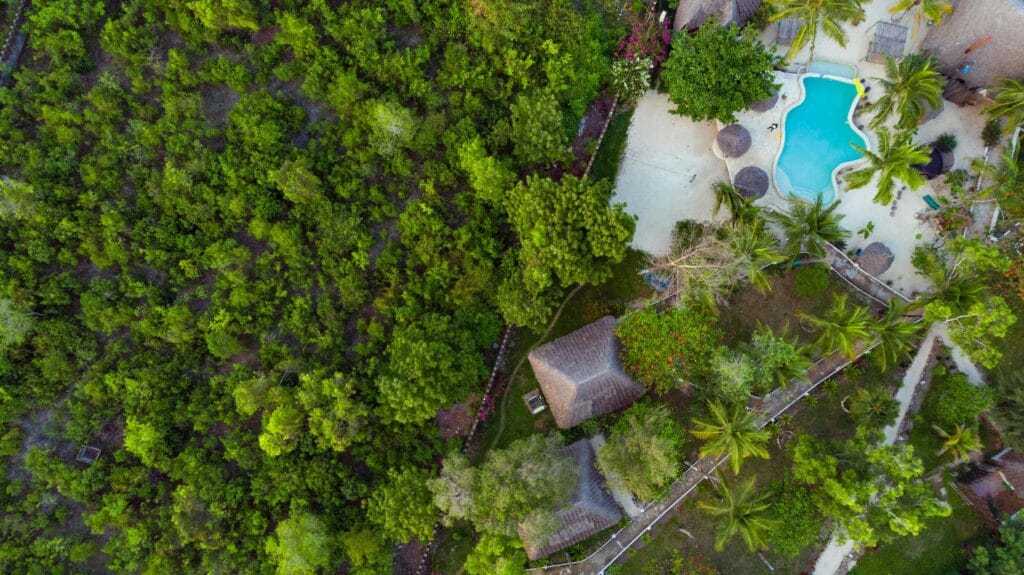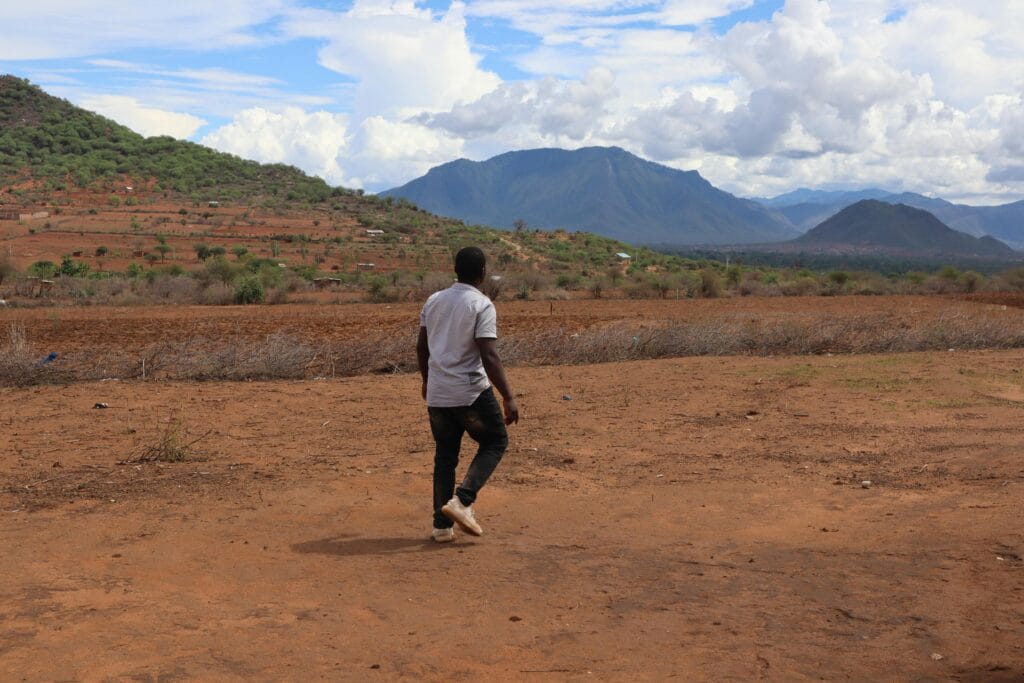Planning a Luxury Tanzania Safari
Tanzania, with its breathtaking landscapes and unparalleled wildlife experiences, is a top destination for luxury safaris. Planning a high-end safari requires attention to detail to ensure your trip is both seamless and unforgettable. Here’s a guide to help you design the perfect luxury adventure. 1. Choose the Right Time to Visit Peak Safari Seasons: June to October: The dry season is ideal for wildlife viewing, as animals gather around water sources, and the Great Migration crosses the Serengeti. January to February: The calving season in the southern Serengeti is perfect for witnessing newborn wildlife and predator-prey interactions. Avoid Crowds: For a more private experience, consider shoulder seasons when lodges are quieter, and the scenery remains lush. 2. Select Iconic Safari Destinations Serengeti National Park: Famous for the Great Migration, luxury camps here offer front-row seats to this natural spectacle. Ngorongoro Crater: Stay in opulent lodges perched on the crater rim, offering panoramic views and easy access to its diverse ecosystem. Tarangire National Park: Known for its ancient baobab trees and large elephant herds, this park offers exclusive safari experiences. Ruaha and Selous (Nyerere) Reserves: Perfect for off-the-beaten-path luxury, with fewer tourists and pristine wilderness. Zanzibar: Combine your safari with a relaxing beach escape, staying in world-class resorts overlooking turquoise waters. 3. Select Luxury Accommodation Exclusive Lodges and Tented Camps: Opt for lodges that offer: Private suites or villas with plunge pools. Personalized service, including private butlers and chefs. Spectacular locations with wildlife at your doorstep. Private Reserves: Consider staying in private conservancies for exclusive game drives and activities like night safaris and walking tours. Unique Experiences: Treehouse-style lodges for a unique perspective of the wilderness. Mobile camps that follow the Great Migration for a front-row seat to the action. 4. Tailor Your Safari Activities Game Drives: Enjoy private game drives in open-top vehicles, guided by expert trackers and guides. Hot Air Balloon Rides: Float above the Serengeti or Tarangire at sunrise, followed by a champagne breakfast. Walking Safaris: Explore the bush on foot with highly skilled guides, offering a closer connection to nature. Cultural Tours: Visit local Maasai villages for an authentic cultural experience, including traditional dances and crafts. Photography Tours: Work with specialist guides to capture stunning wildlife shots. 5. Add Special Touches Private Charters: Fly directly between parks or from major cities to save time and enhance comfort. Customized Itineraries: Tailor your safari to include specific interests, like birdwatching, culinary adventures, or family-friendly activities. Exclusive Dining: Enjoy bush breakfasts or candlelit dinners under the stars. Sip sundowners with a view of the savannah as the sun sets. 6. Focus on Sustainability Eco-Friendly Luxury: Many luxury camps prioritize sustainability, using solar energy, reducing waste, and supporting local communities. Conservation Support: Choose operators and lodges that contribute to wildlife conservation and community empowerment programs. 7. Prepare for a Stress-Free Journey Travel Insurance: Ensure comprehensive coverage for medical emergencies, trip cancellations, and evacuation. Pack Smart: Bring neutral-colored clothing, comfortable walking shoes, and essential travel gear. Many luxury lodges offer laundry services, so you can pack light. Visas and Vaccinations: Check entry requirements for Tanzania, including visas and recommended vaccinations, like yellow fever and malaria prevention. 8. Work with a Reputable Operator Experienced Safari Planners: Choose companies like Future African Safari that specialize in luxury safaris, ensuring every detail is handled with care. Local Expertise: Benefit from local knowledge to access exclusive lodges and experiences. 24/7 Support: A dedicated team to assist you before and during your trip. A luxury safari in Tanzania is more than just a trip—it’s a transformative experience. With meticulous planning, tailored activities, and exceptional service, you’ll create memories to last a lifetime. Customize your Tour Kilimanjaro 3 tours Safari 9 tours Zanzibar 3 tours











